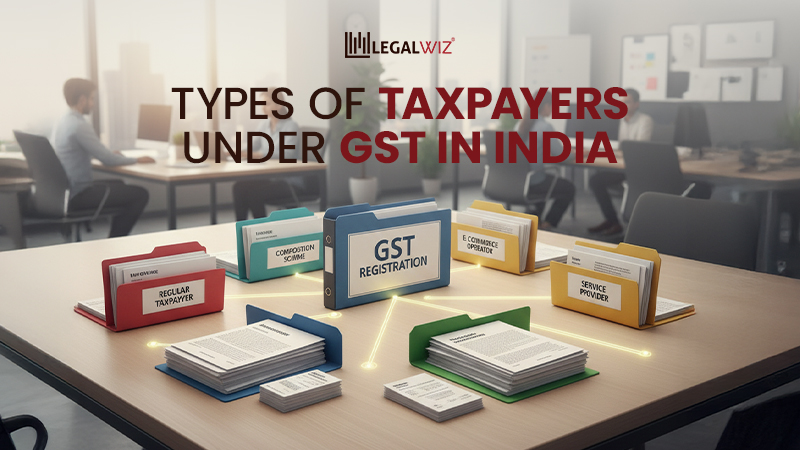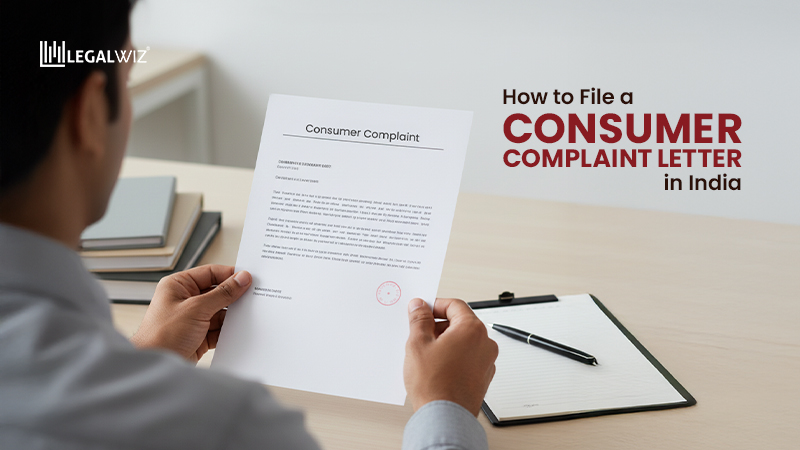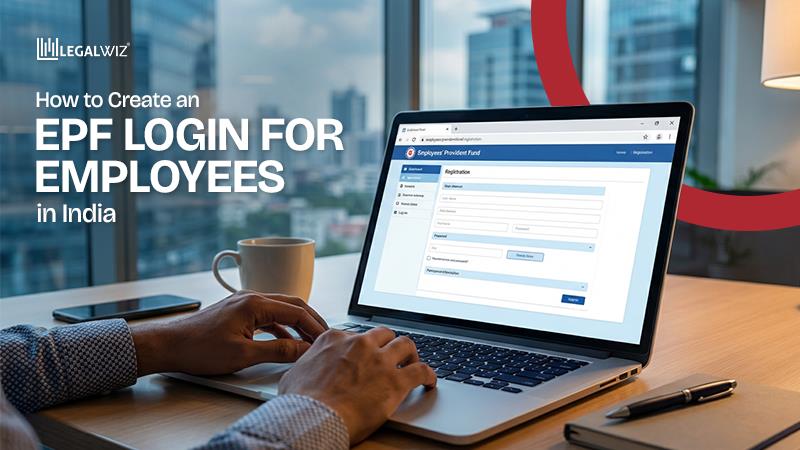Complete GST Compliance Checklist for MSMEs and Small Businesses 2025
Running a small business in India these days feels less like chasing dreams and more like chasing paperwork. One hand is busy raising invoices, the other matching them with suppliers, while a third imaginary hand wrestles with GST return filings and payment deadlines. Most MSME owners end up drowning in spreadsheets when they’d rather be swimming in profits.
And just when you think you’ve cracked the code, along comes a shiny new government update to remind you that your compliance checklist may already belong in the recycling bin. In 2025, the stakes aren’t just high, they’re sky-high. Miss a filing by a single day and you could be staring at late fees, interest charges, or, worse, that dreaded knock from the tax department.
Input Tax Credit mismatches can freeze your working capital, so here are some tips on avoiding GST filing errors for SMEs when filing GST returns. An unexpected audit, meanwhile, can throw your entire operation off balance.
The good news is, GST compliance doesn’t have to feel like navigating a maze blindfolded. This blog lays out a step-by-step checklist designed especially for MSMEs and small businesses. Think of it as your survival kit for 2025: practical, clear, and built to save you time, money, and plenty of headaches.
What’s New in GST This Year (And Why It Matters to Your Business)
2025 marks a major turning point for GST in India. The government has rolled out GST 2.0, which simplifies slabs, speeds up processes, and tightens up compliance.
Key Changes You Need to Know:
- The old four-slab system (5%, 12%, 18%, 28%) is being pared down. From 22 September 2025, most goods and services will be taxed under two main slabs: 5% (essentials) and 18% (standard goods/services).
- A higher rate (≈ 40%) will apply only to “sin” or luxury/demerit items.
- Notifications clarify classification under new harmonized schedules (HSN codes) so that businesses know precisely which products fall under which slab.
- Filing & compliance simplifications: pre-filled returns, quicker refunds, and more automation in registrations and reconciliations.
Want to learn more about the latest GST changes? Get a sneak peek into our in-depth and informative piece on the 56th GST Council Meeting. In our detailed article, discover the key outcomes of the meeting and what they mean for your business.
Small Example for Clarity:
If your MSME sells white goods (say refrigerators) previously taxed at 28%, under GST 2.0, they may now attract just 18%. For a sale of ₹50,000, that’s a tax drop from ₹14,000 to ₹9,000; your customer pays less, and you collect less tax liability. The same goes for many daily-use items, which might move from 18% or 12% down to 5%.
Old invoicing software, pricing catalogs, and accounting practices may become outdated. Without adapting, your business risks misclassification, over-taxation, or compliance errors. This checklist exists so you can update your operations smoothly, avoid surprises, and stay ahead in 2025.
Your Step-by-Step GST Compliance Roadmap
If GST were a video game, compliance would be the “boss level” that every MSME must beat. The good news? You don’t need cheat codes, just a well-structured checklist.
Here’s your 2025 survival kit:
1. GST Registration
If your annual turnover crosses the threshold (₹40 lakh for goods, ₹20 lakh for services in most states), registration is non-negotiable. Apply online at the GST portal with PAN, Aadhaar, proof of business, and bank details.
Mini-tip: Even if you’re under the threshold, voluntary registration can help you claim ITC and look more credible to clients.
2. Invoice Management
Your invoices aren’t just pieces of paper; they’re compliance documents. Mandatory details include GSTIN, HSN/SAC codes, item description, tax rate, and total value. For B2C transactions above ₹50,000, don’t forget the customer’s details.
Warning: Skip a required field, and the tax department may treat it as an invalid invoice—bad news for your ITC claims.
3. Input Tax Credit (ITC) Reconciliation
Claiming ITC can save you big, but only if you play by the rules. Match your purchase invoices with your supplier’s GSTR-1 filings. If they forget to upload, your claim vanishes.
Mini-tip: Do a monthly reconciliation instead of waiting until year-end. It saves you from an audit-season headache.
4. Filing Returns
Returns are the backbone of GST. The main ones are:
- GSTR-1: Outward supplies, filed monthly or quarterly.
- GSTR-3B: Summary return with tax payment, monthly.
- Annual Return (GSTR-9): Once a year, covering everything.
Deadlines are strict—miss one, and late fees plus interest start piling up.
Mini-tip: Use calendar reminders or automated software. A missed deadline is an expensive lesson.
| Also check out: GST Compliance Checklist for Service-Based Businesses |
5. Payment of Tax
Tax is payable when filing GSTR-3B. You can pay online via net banking, UPI, or NEFT/RTGS. Delayed payment attracts 18% interest per annum.
Warning: Never assume ITC balance covers everything. Double-check before hitting submit, or you may underpay and face penalties.
This checklist makes GST easier to understand and follow by breaking it down into straightforward stages. You remain in charge, keep your records clean, and maintain your business’s good name instead of having to deal with fines or chase after auditors. In summary, following the rules is less about worry and more about planning.
Avoid These GST Errors That Sink Small Businesses
Even the most disciplined MSMEs can stumble into GST quicksand. The traps are subtle, but the fallout—penalties, frozen cash flow, and sleepless nights—can be very real. Let’s look at the usual suspects and how to dodge them.
| The Error | Example | Solution |
| Delayed Filings | Missed GSTR-3B deadline → ₹50/day late fee + 18% interest. | Use filing software or set automated reminders to never miss due dates. |
| Wrong ITC Claims | The electronics shop claimed ITC on a staff birthday party bill (not allowed). | Reconcile ITC monthly with supplier GSTR-1 data; only claim what’s eligible. |
| Mismatched Invoices | Your invoice shows 12% tax, but the supplier files it as 18% → ITC gets blocked. | Double-check HSN codes and tax rates; use software to auto-match invoices and returns. |
| Ignoring Annual Returns | MSME skips GSTR-9, thinking quarterly returns are enough → risk of audits & penalties. | File GSTR-9 without fail; treat it as your yearly business report card. |
Spotting these pitfalls early helps you stay penalty-free, protect your ITC, and avoid unnecessary audits—all while keeping compliance stress in check. Learn more about common GST filing mistakes that SMEs should watch out for.
Work Smarter, Not Harder: Tech and Tips for 2025 GST
Let’s be honest: no one registers a company thinking, “Ah yes, I can’t wait to reconcile ITC mismatches every month.” But GST is here to stay, and in 2025, it’s only getting sharper, faster, and less forgiving. The smart move? Stop fighting with compliance and let technology do the heavy lifting.
Here’s how to make GST your obedient sidekick instead of your worst nightmare:
1. Pick the Right Accounting Companion
- Tools like Tally, Zoho Books, and ClearTax are GST-ready out of the box.
- They auto-fill invoices with correct HSN codes, calculate taxes without human error, and sync returns directly with the GST portal.
- Bonus: they track Input Tax Credit (ITC) in real time, so you don’t have to play detective at month-end.
2. Automate Invoice Tracking
- Digital invoicing systems assign GST rates automatically and catch mismatches early.
- Think of it as hiring a “compliance bouncer” who won’t let dodgy entries slip past the gate.
3. When in Doubt, Excel Still Works
- For micro businesses, a clever spreadsheet with formulas can do wonders.
- Use conditional formatting to flash red for missed deadlines or incorrect tax rates.
- It costs nothing but saves plenty.
4. Deadlines Don’t Forgive—Set Alarms
- Late filing = automatic penalties.
- Use Google Calendar, Trello boards, or even WhatsApp reminders for every GSTR-1, GSTR-3B, and annual return.
- Treat them like doctor’s appointments: miss one, and the consequences hurt.
GST compliance doesn’t have to be a monster under the bed. With the right mix of tech and small hacks, you can keep your business audit-proof, penalty-free, and—dare we say—calm.
How CraftNest Stayed Audit-Proof and Stress-Free in 2025
Meet “CraftNest,” a small home décor business from Jaipur that sells handcrafted lamps both offline and online. Like many MSMEs, they once dreaded the GST season—mismatched invoices, late filings, and the occasional notice from the tax department had become routine. But in 2025, they decided to follow a structured compliance roadmap.
Here’s what changed:
- Registration & Invoicing: They upgraded to a GST-ready invoicing tool that auto-filled HSN codes and ensured every bill carried the right details.
- Monthly ITC Reconciliation: Instead of waiting until year-end, they checked supplier GSTR-1 uploads monthly. This kept their Input Tax Credit clean and unblocked.
- Timely Returns: Filing reminders were set on Google Calendar for GSTR-1, GSTR-3B, and the annual GSTR-9. No missed trains.
- Cash Flow Relief: With fewer ITC mismatches and no penalties, their working capital improved by nearly 15% in six months.
The result? CraftNest sailed through an unexpected audit without a single red flag. More importantly, the founder could finally focus on growing sales instead of firefighting compliance issues.
Genuine enterprises demonstrate that compliance is more than just documentation; it can serve as a growth strategy when managed appropriately. If you’re still tempted to delay GST payments, it’s important to understand the legal consequences of late GST filing.
Need a Helping Hand? Here’s How to Stay GST-Ready Without the Stress
Even with the finest checklist, it may be hard to keep up with GST compliance, especially when you’re trying to keep up with sales, operations, and the odd sleepless worry over missing deadlines. That’s when a little help from an expert may make a big impact.
We help MSMEs and small enterprises with registrations, filings, ITC reconciliations, and yearly returns at LegalWiz, so they don’t have to worry about them. It’s like having a pro co-pilot who’s mastered the compliance maze. Whether it’s your first GST return or an audit looming, our specialists are your GPS, navigating you past the fine-print chaos and fines.
Skip the tax jargon—let the experts handle that while you focus on what matters. Stay on track, and we’ll keep your tax journey smooth.
GST Compliance Doesn’t Have to Be a Headache in 2025
To keep up with GST in 2025, you won’t have to work longer hours or sacrifice sleep. What actually matters is being well-informed, organized, and proactive. This thorough checklist has everything you need for GST registration, filing your returns on time, claiming input tax credits correctly, and staying out of trouble.
A compliance-driven approach may help you build trust, minimize costs, and concentrate on operating your business, among other things. It’s more than simply avoiding legal problems. Getting ready for GST now might save you a lot of trouble in the future. If you do things the correct way, following GST rules could be pleasant and easy. No matter how you approach it, using clever tools, following a strict schedule, or getting help from an expert, the way is obvious.
Frequently Asked Questions
How often should MSMEs file GST returns in 2025?
Most MSMEs file GSTR-1 monthly/quarterly and GSTR-3B monthly. Annual return is also mandatory unless exempt.
Can I claim ITC on all business purchases?
No, ITC applies only to eligible business expenses. Personal, blocked credits (like motor vehicles) cannot be claimed.
What happens if I miss a filing deadline?
You’ll face late fees, interest, and possible blocking of e-way bills until dues are cleared.
How do GST slab changes impact my invoices?
The correct slab ensures that the accurate tax is charged. Misclassification can cause penalties and disrupt ITC for customers.
Are there any exemptions for small businesses?
Yes, businesses under ₹40 lakh turnover (₹20 lakh for services) may be exempt, subject to state-specific rules.
What tools help automate GST compliance efficiently?
Popular options: Zoho Books, Tally, and government portals with auto-reminders and reconciliation features.

Sapna Mane
Sapna Mane is a skilled content writer at LegalWiz.in with years of cross-industry experience and a flair for turning legal, tax, and compliance chaos into clear, scroll-stopping content. She makes sense of India’s ever-changing rules—so you don’t have to Google everything twice.







